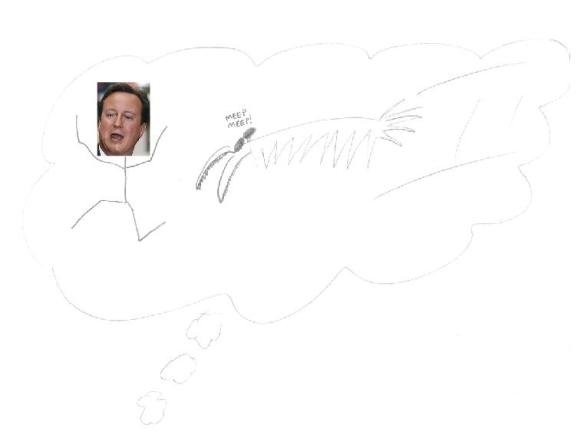Anomalocaris, I choose you!
The origin of life began in our oceans. Complex life, with some forms somewhat resembling what we see today and others too bizarre to even imagine arose over half a billion years ago. This is a time way before the rule of the dinosaurs, and even older than your great great grandparents. Life in the seas is teeming with experimental forms. Perhaps one of the more famous ancient critturs, is Anomalocaris. It was the apex predator of the primordial Cambrian seas, sizing up at over 3 feet in length, which is a pretty terrifying prospect for any contemporaneous organisms!

A new study by a research time led by John R. Patterson and published in Nature reports on the visionary system of these ancient predators. Soft-bodied preservation in fossils is incredibly rare, as any palaeontologist will tell you. They are typically confined to Konservat-Lagerstätten, the most famous of which is undoubtedly the Burgess Shale of British Columbia. The authors of this latest study describe exceptional fossils from the Cambrian aged Emu Bay Shale of South Australia, including the notorious Anomalocaris preserved in exquisite detail.
The preservation of structural detail is so pristine, that 16,000 hexagonally packed lenses are visible (using scanning-electron microscopy) in a single compound eye. This would have granted Anomalocaris supreme hunting vision, rivalling the sharpest vision of any extant insects! The authors speculate that this ‘key innovation’ (aspects of organismal phenotype that promote diversification) could have been a catalyst for the largely accepted Cambrian ‘arms race’.
This seems to be another case, where fossil species that have previously been considered as ‘evolutionary dead-ends’, have actually proven to be exceptionally morphologically ‘advanced’, even compared to modern organisms. Just because a particular species is extant today, it does not in any way imply that they are more evolutionarily ‘advanced’ than a species that is extinct. Species go extinct for numerous reasons; environmental, climatic, and trophic factors, to name a few, all play a part in the likelihood of a species’ success. For example, pandas may be an evolutionary dead-end, as they are largely unable to adapt to their local environment (to quote a palaeontologists’ favourite case). Conversely, theropod dinosaurs were some of the most successful predators to ever live on Earth, but the [non-avian] lineages went extinct due to extrinsic casual factors that had little to do with their intrinsic biology. Needless to say, if a meteorite hit the Earth right now *touch wood*, and our species was wiped out, would we be historically remembered as evolutionary successes or failures?
As a final thought, what would it be like if Anomalocaris was still around today..?

A man can dream, a man can dream..
Ah, so SpecSavers have been mining Emu Bay shale, that’s why they can offer stuff so cheap…
I like your drawing skills and flippant attitude towards copyright. I am slightly confused by the picture though. How does it predate things? By tickling them to death and then hoovering them up?
They huffed their prey, like so: http://bit.ly/u1Vqx2
Do you know the Emu Bay Shale at all? I don’t think the little fragments of metamorphosed mud or whatever are particularly good at enhancing vision :/
Don’t remember where I got the pic from, but if people like Ed Yong can get away without referencing it, then so can I :p